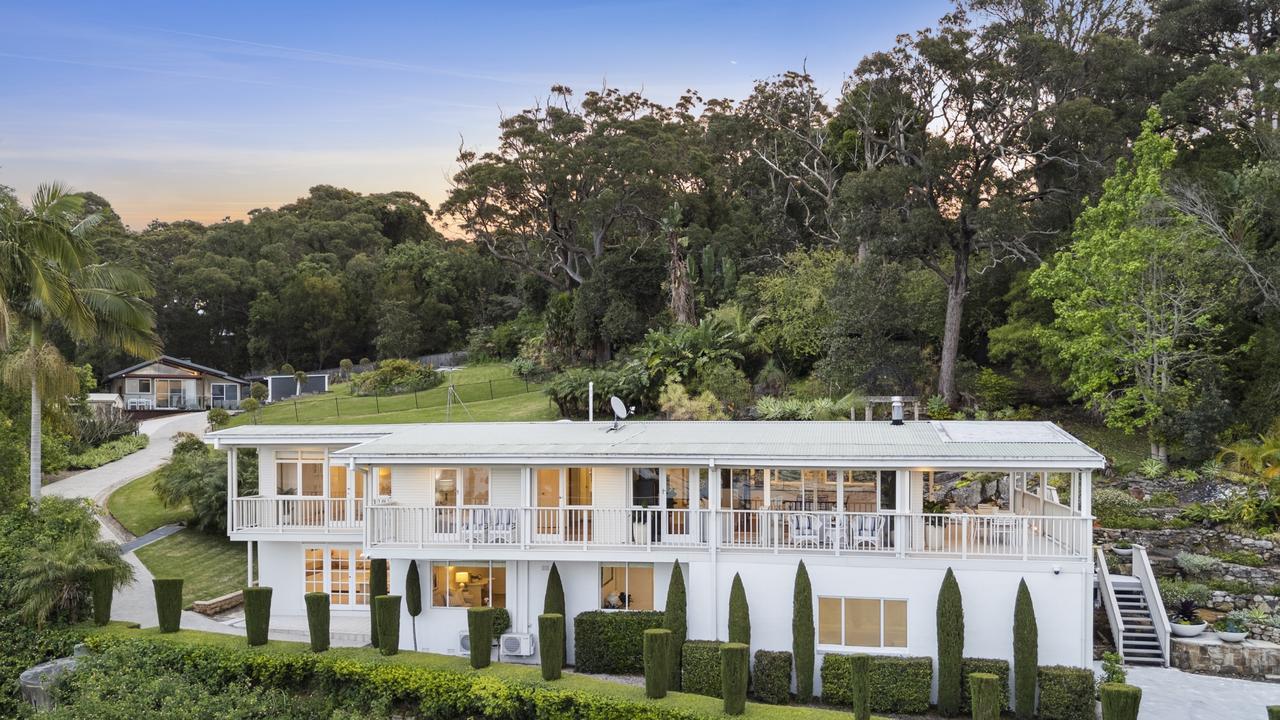‘Rubber duckie’ surf lifesaving pioneer Ken Brown tells life story to volunteer biographer at HammondCare
A 91-year-old Sydney surf lifesaving pioneer, who helped develop boats synonymous with Aussie beaches, has recorded his life story as a lasting memory for his family.
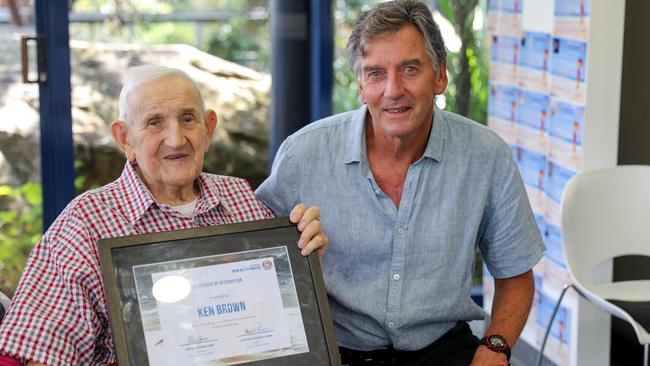
Manly
Don't miss out on the headlines from Manly. Followed categories will be added to My News.
A surf lifesaving pioneer, who helped develop the iconic red “rubber duckie” rescue boats, has worked with an author to get his amazing past down on paper.
Northern beaches man Ken Brown, 91, sat with a volunteer biographer at HammondCare, an independent Christian charity that provides palliative care, to record his life story as a lasting memory for his family.
Writer Bruce Stevenson has completed a 35,000-word book after regular visits to Mr Brown’s Killarney Heights home, as part of HammondCare’s “life stories” program.
It has about 30 volunteer biographers who help people capture details of their lives to pass on to their loved ones.
In interviews with Mr Stevenson, a former principal of Newport Public School, Mr Brown detailed how he became a key player in developing the inflatable rescue boat (IRB) “rubber duckies” that are so synonymous with Australian beaches.
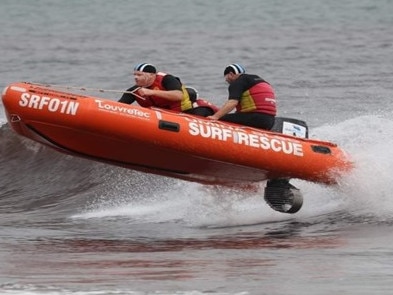
Surf Life Saving NSW said the vessels had been responsible for saving about 200,000 lives and were used in at least 50 countries.
Mr Brown’s contribution included sourcing French-made Zodiacs and modifying them for local pounding surf conditions in the early 1970s.
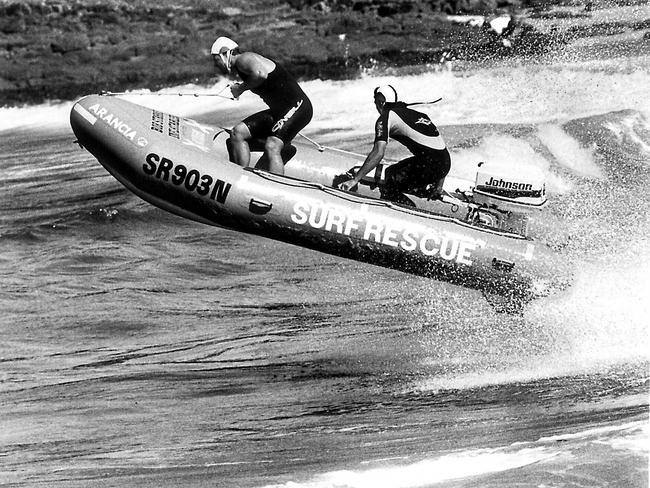
The IRBs superseded the traditional line-and-reel system and wooden surfboats previously used by Sydney lifesavers.
“It became obvious that the inflatable rescue boat was a better way to go,” Mr Brown said.
“You can’t bloody sink an inflatable boat.”
Mr Brown, who is receiving HammondCare palliative services in his home, was formally recognised for his contribution to Surf Lifesaving NSW at a ceremony in February, when his contribution was acknowledged by chief operating officer Phil Ayres.
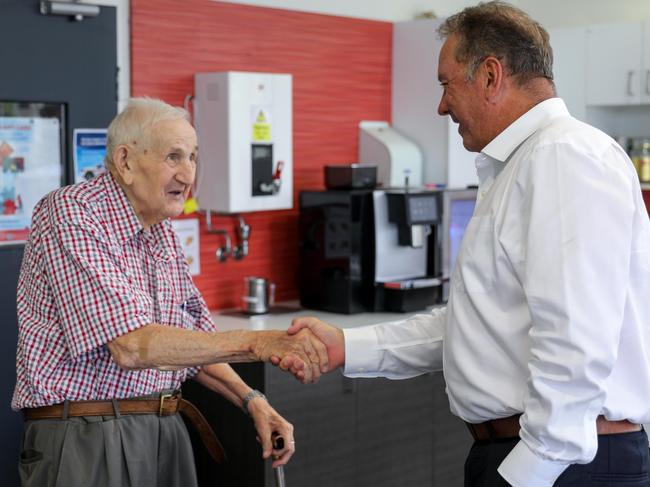
Born in 1932, Mr Brown began his working life as a milliner before going into the inflatable boats business with Zodiac. He married Dianne in 1963.
Surf Life Saving NSW said the first use of a inflatable surf lifesaving boat occurred at Avalon Beach in December 1969, when Warren Mitchell used a Dunlop model to rescue eight people from a rip.
But at Zodiac, Mr Brown soon developed, with Harry Brown of North Cronulla Surf Life Saving Club, a 3.8m-long IRB able to hold a 25 horsepower outboard engine.
They had to upgrade the original French Zodiac fabric, install air pressure release valves and fit bigger fuel tanks.
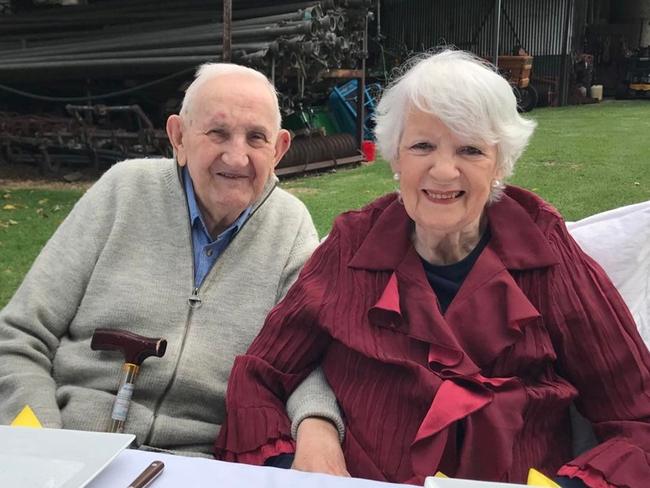
“We worked out the French rubber could not cope with the Australian UV (ultra-violet light),” Mr Brown said.
“So we found more durable fabric in Japan.”
In 1987, Mr Brown’s IRB design was recognised with an Australian Design Award.
For more than 30 years, Mr Brown had a team at Zodiac making about one IRB a week, later manufacturing them under the brand KBM. It later developed larger variants for the Australian Navy.
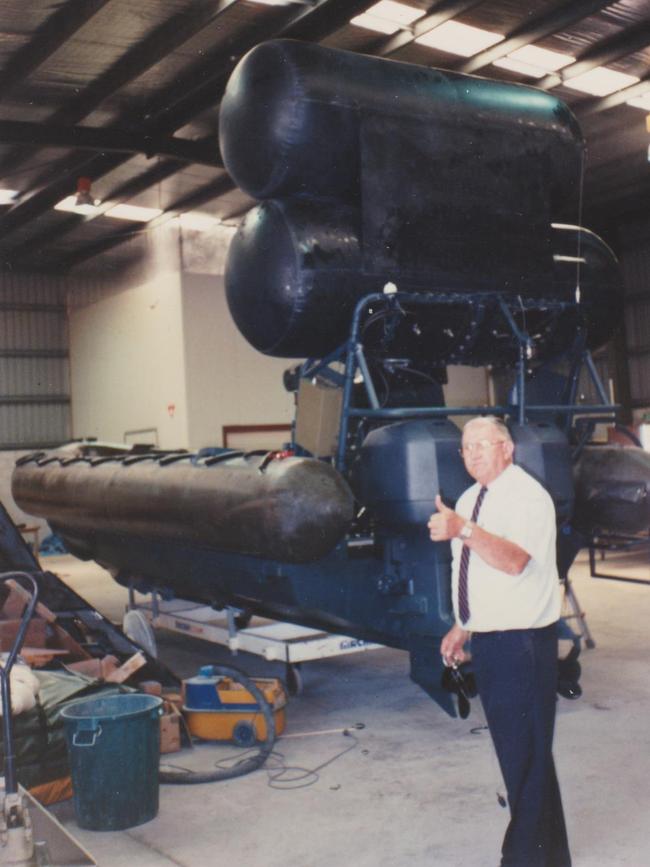
HammondCare’s general manager of health and palliative care, Felicity Burns, said the life stories program recognised that the personal histories of older Australians were a “priceless resource that can and should be recorded”.
“Everyone has a story to tell about the impact they have had on those around them and the communities where they live,” she said.
“HammondCare wants as many of its patients, residents and clients to have the opportunity to pass on their stories, memories and messages for the benefit of their children, grandchildren and great grandchildren.”
More volunteer biographers are needed.
If you can help, click here.





